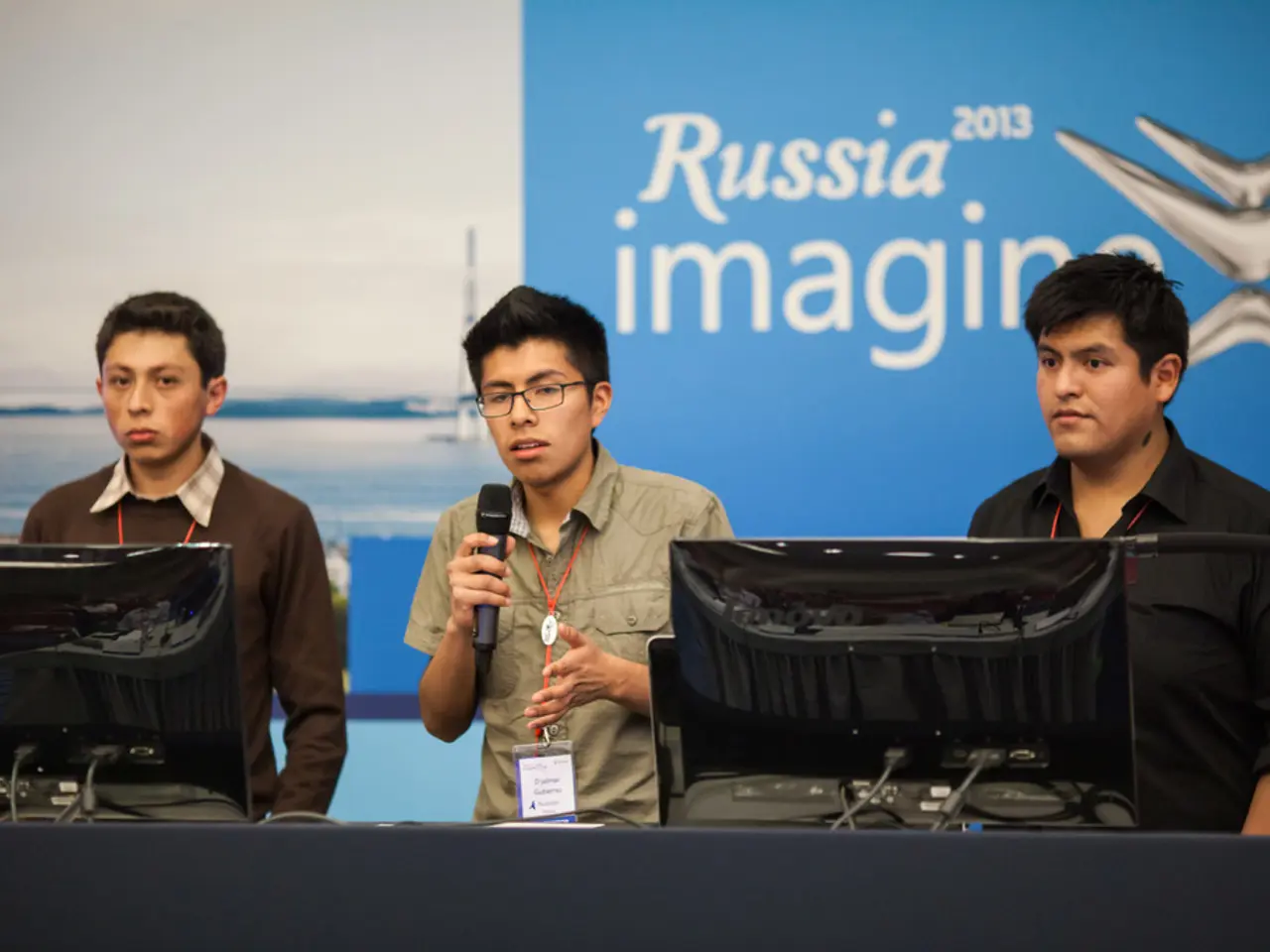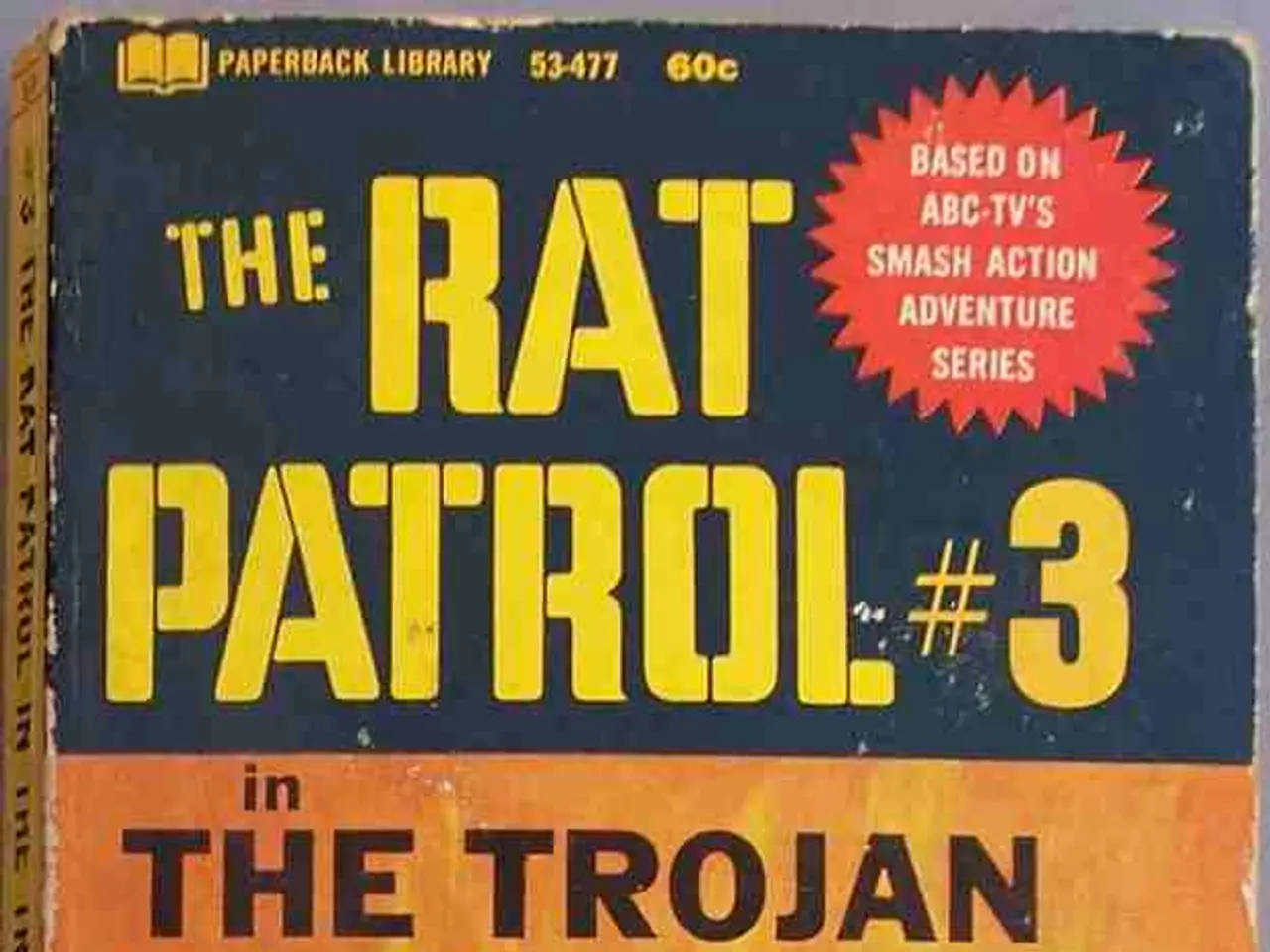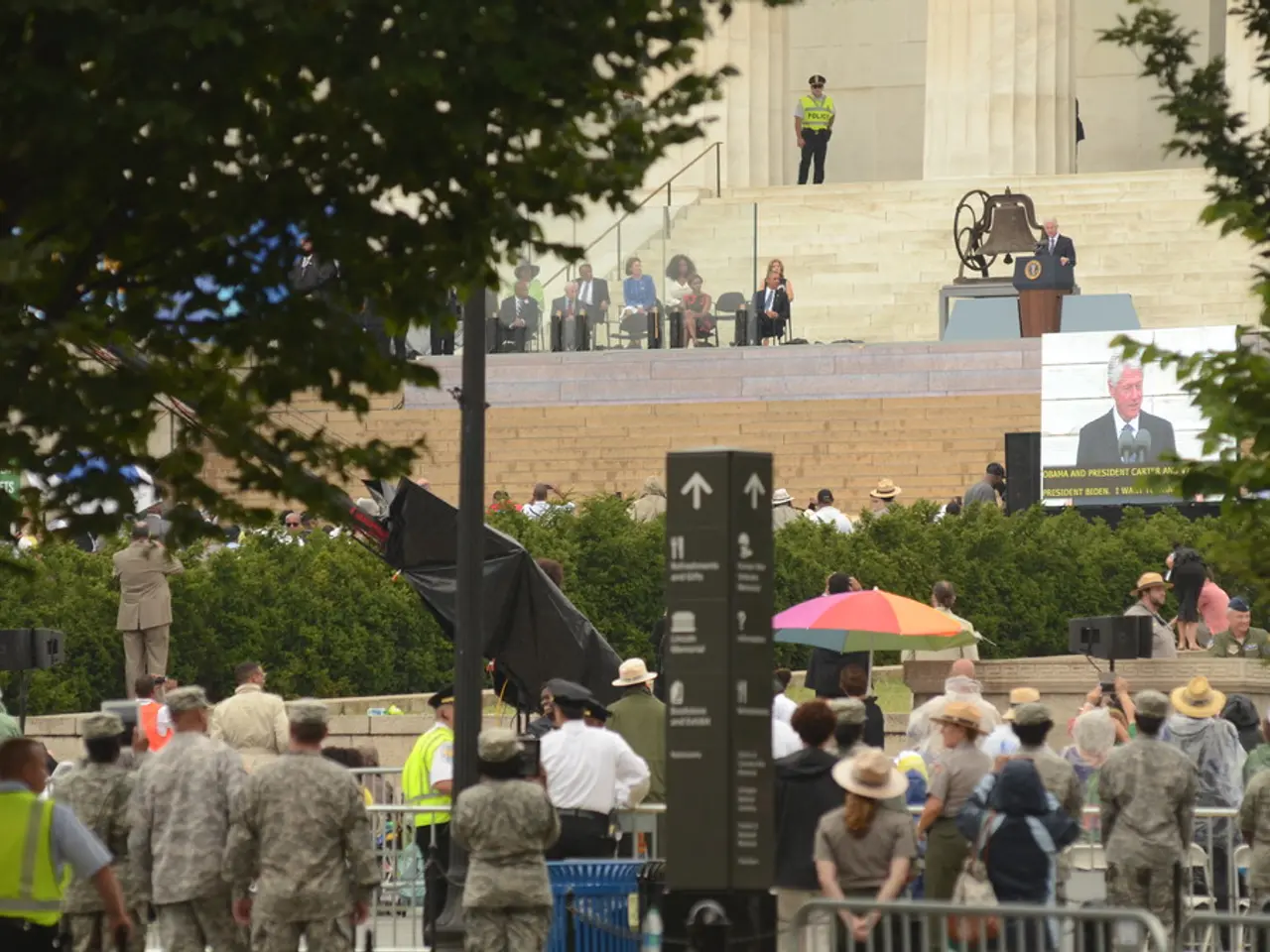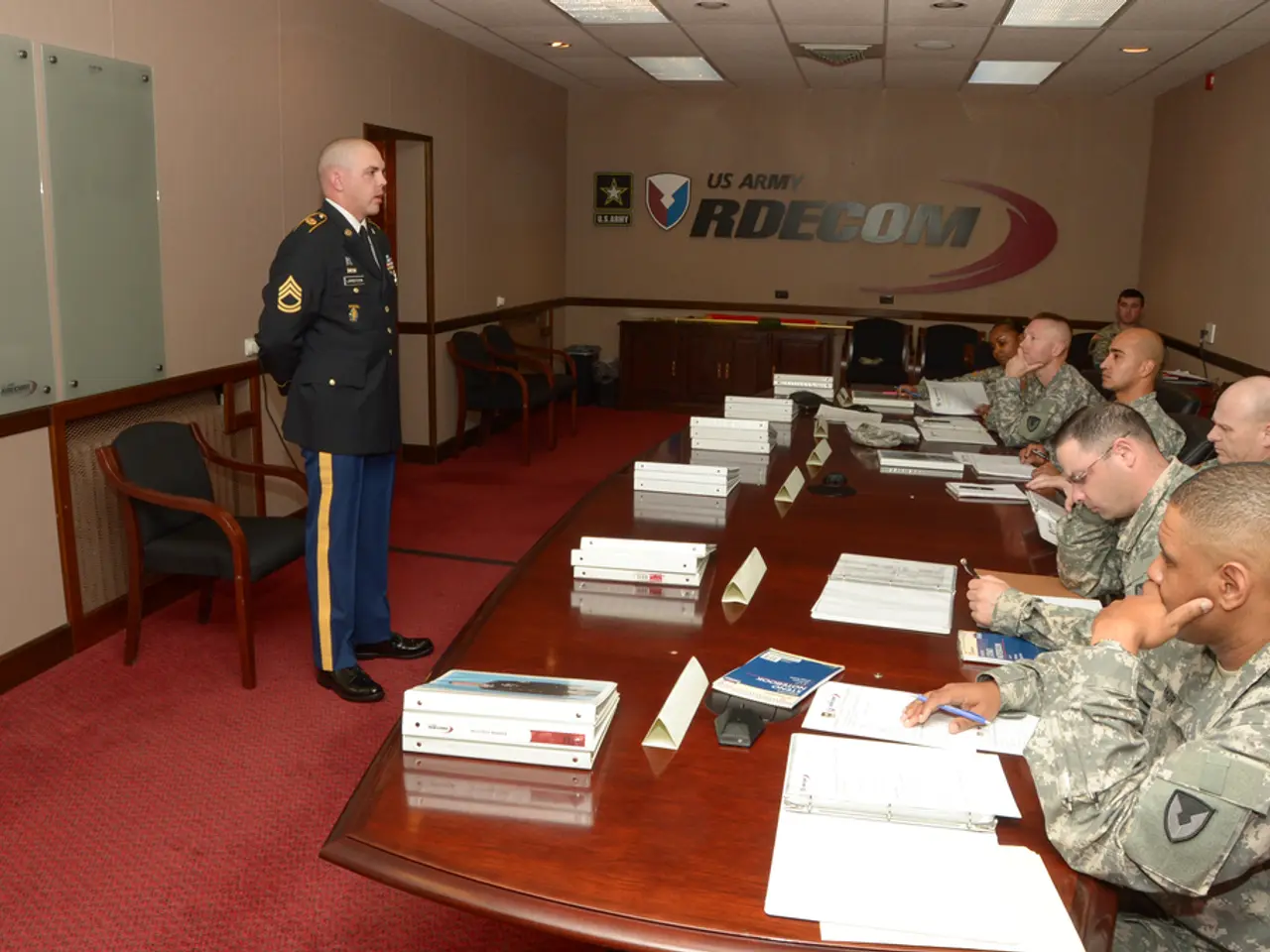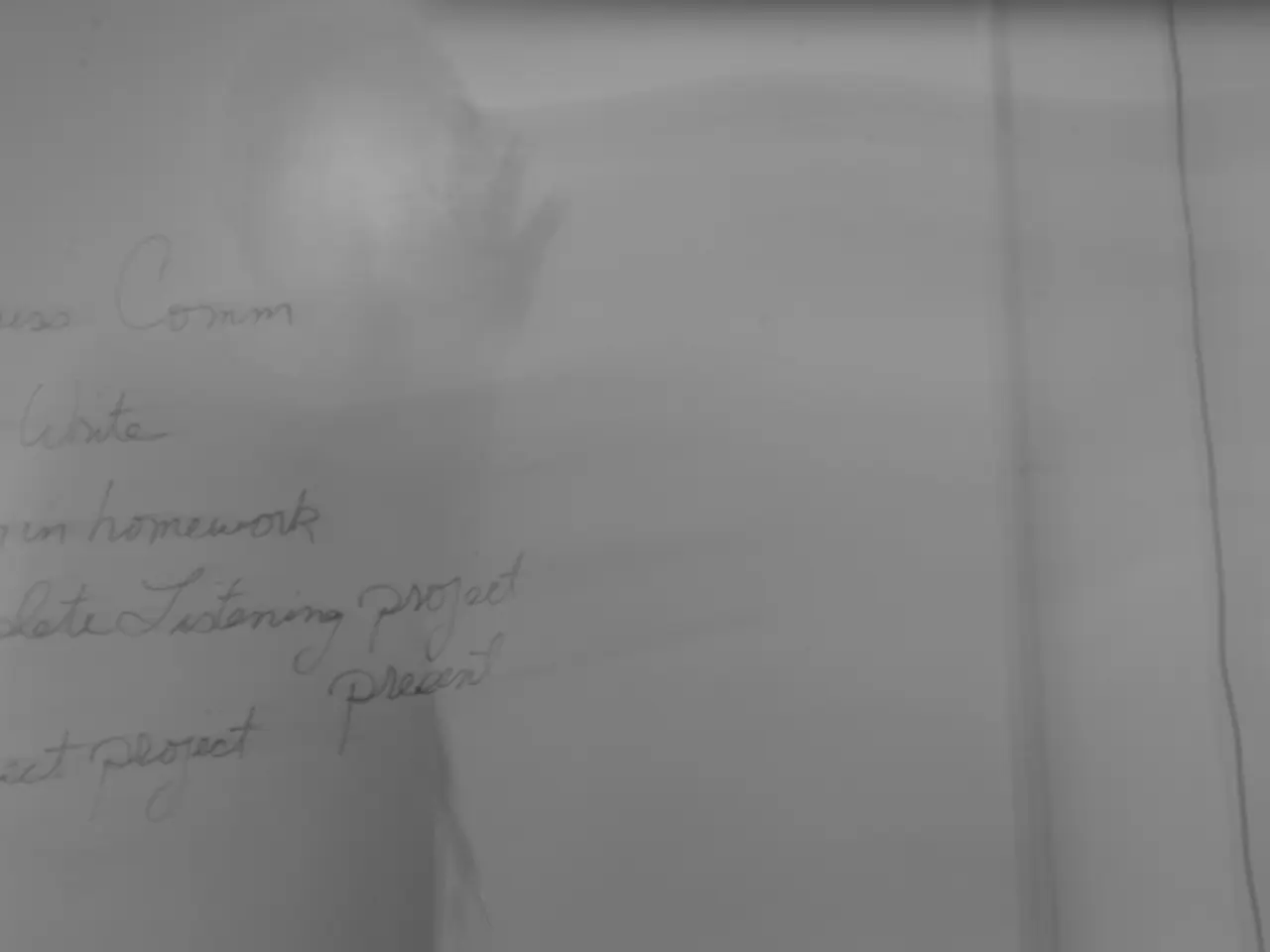Moscow reinforces its air defense systems, reminiscent of Soviet eras.
In a critical turn of events, Russian military commander-in-chief Olexiy Syrskyj has described the situation in the Donetsk region as "particularly critical." Meanwhile, tensions escalate on the other side of the border as Russia continues its advance in the eastern Ukrainian region of Dnipropetrovsk, capturing another village, an announcement that has yet to be acknowledged by authorities in Kyiv [6].
On the defensive front, Russia has been bolstering its air defense systems around Moscow, particularly by constructing new anti-aircraft towers equipped with Pantsir-S1 missile systems along the "Moscow Small Ring," about 50 kilometers from the city center. This reflects a shift to a more centralized, layered defense strategy focusing on protecting the capital from aerial threats [1][3].
However, these upgrades have not deterred Ukraine, which has increased its drone attacks against Moscow and other Russian targets, causing significant disruptions. Notably, Ukraine's large-scale UAV operations forced a complete shutdown of all four major airports in Moscow in early August 2025, indicating that Russian air defenses have not fully prevented such penetrations [2].
In response, Russia is not solely relying on missile systems like the Pantsir-S1 but is also developing new counter-drone technologies, including the Posokh laser air defense system, intended to counter autonomous drones that are less susceptible to electronic warfare. However, existing laser systems such as Zadira are limited in effectiveness, especially against large drone swarms and adverse weather conditions. The more capable Peresvet laser system, which can engage groups of drones, remains scarce due to its complex and costly deployment requirements [5].
Despite these efforts, Russia claims to have destroyed large numbers of Ukrainian drones over various regions, including 121 drones overnight recently; however, the ongoing ability of Ukraine to conduct strikes, including inside Moscow, shows these air defenses have not eliminated the drone threat [4].
Meanwhile, Europe's NATO partners have pledged more than a billion dollars in two days for the purchase of US-made weapons for Ukraine, with Sweden, Denmark, Norway, and the Netherlands announcing their intention to purchase US weapons [7]. These SAMs are now near densely populated areas, posing new risks as falling rocket debris and unexploded ordnance from intercepted drones have caused civilian damage.
Amidst these escalating tensions, US special envoy Steve Witkoff is set to travel to Moscow on Wednesday for talks with Russian leadership [8]. The Trump administration is considering new sanctions against Russia's "ghost fleet" of oil tankers if a ceasefire is not reached by August 8, with US President Donald Trump stating he will announce any penalties for the purchase of Russian oil after a planned US-Russian meeting in Moscow on Wednesday [9].
Elsewhere, Russia and China plan to conduct joint patrols in the Sea of Japan, while two men were killed in a Russian drone attack in the southeastern Ukrainian region of Saporizhzhia [10]. As the situation continues to evolve, the future of relations between Russia and its neighbours remains uncertain.
References: 1. Russia installs new Pantsir-S1 missile sites around Moscow 2. Ukraine's drone attacks force Moscow airports to shut down 3. Russia rebuilds Cold War-era air defense rings around Moscow 4. Russia claims to have destroyed large numbers of Ukrainian drones 5. Russia tests new laser air defense system against drones 6. Russian military commander-in-chief describes situation in Donetsk region as "particularly critical" 7. European NATO partners pledge over a billion dollars for Ukraine's weapons 8. US special envoy Steve Witkoff to travel to Moscow 9. Trump administration considers new sanctions against Russia's "ghost fleet" 10. Two men killed in Russian drone attack in Saporizhzhia
- The escalation of tensions between Russia and Ukraine, evident in war-and-conflicts in various regions like Donetsk and Dnipropetrovsk, highlights the need for community policy discussions on the implications of these war-and-conflicts on regional politics and general-news.
- As Russia develops new counter-drone technologies like the Posokh laser air defense system, it's crucial for both Russia and Ukraine to adhere to employment policies that prioritize safety in the production and deployment of these weapons, minimizing potential risks to civilian populations and ensuring compliance with international norms in politics and war-and-conflicts.
